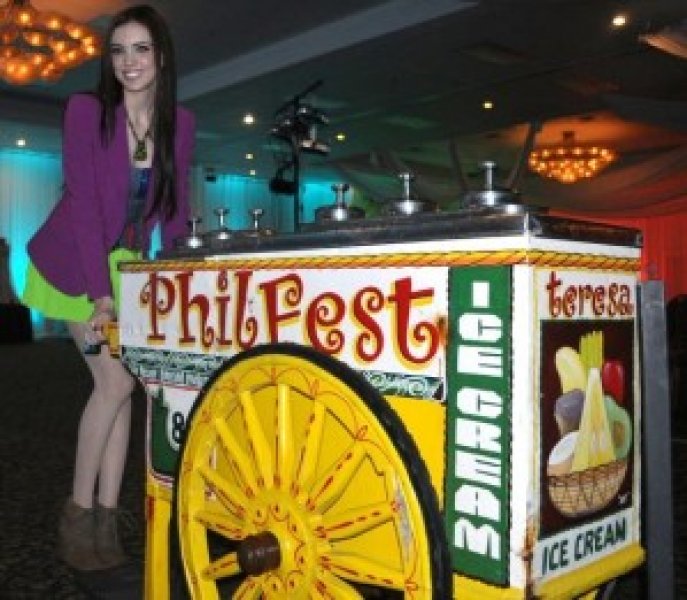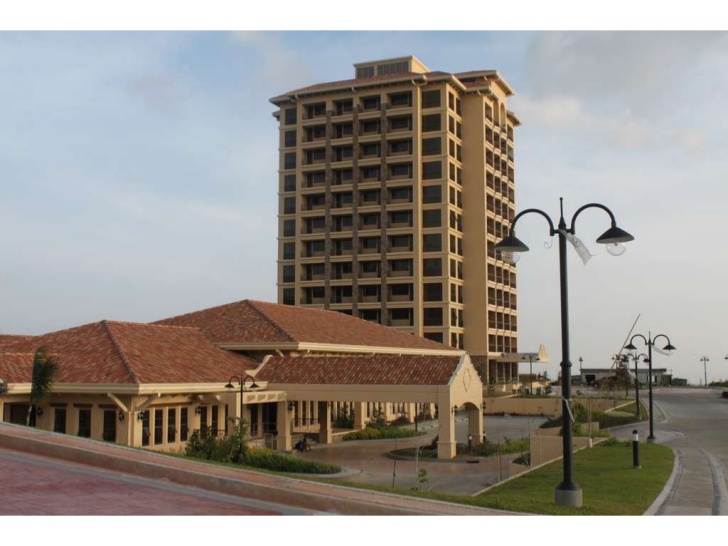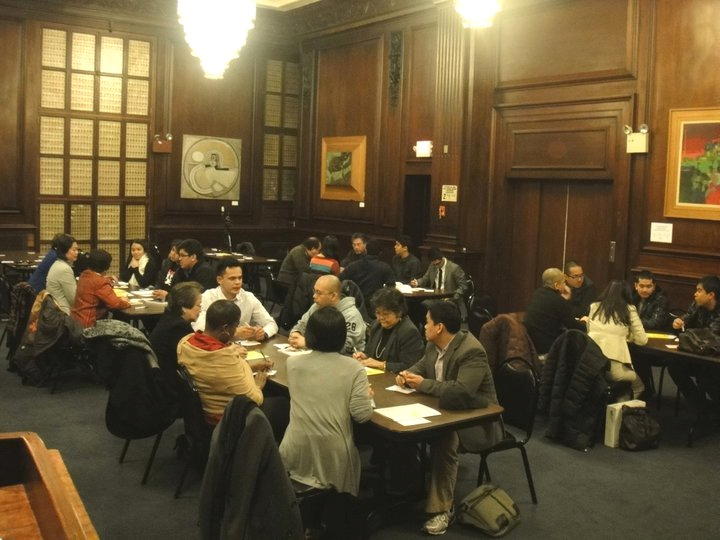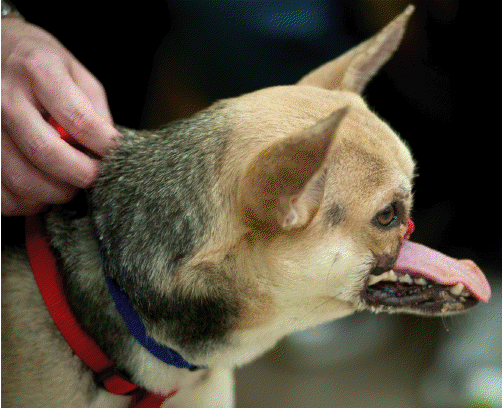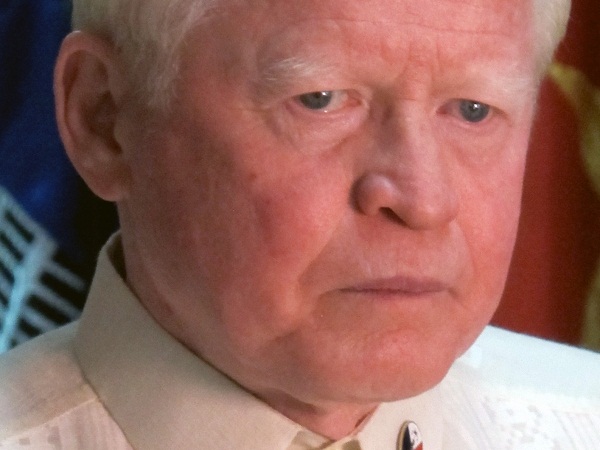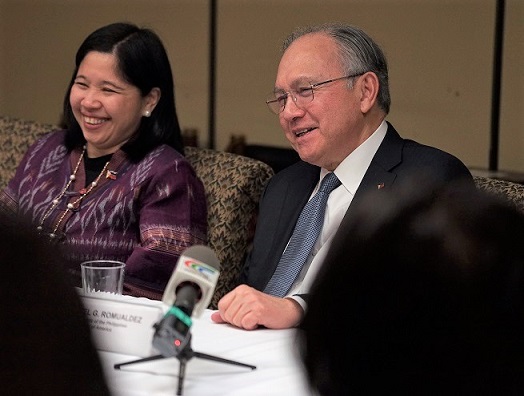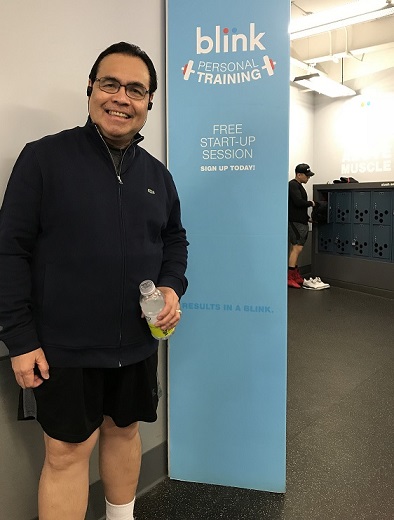Jaime FlorCruz’s journalist memorabilia on exhibit in Intramuros
By Wendell Gaa
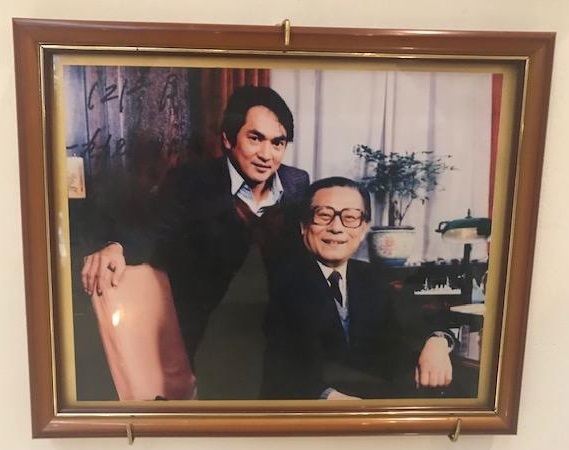
Former CNN Beijing bureau chief Jaime “Jimi” FlorCruz recently launched his collection of memorabilia from his distinguished journalist career at the Bahay Tsinoy Museum of Chinese in Philippine Life in Intramuros.
During my late father Ambassador Willy C. Gaa’s tenure as the Philippine envoy to the People’s Republic of China from 2003 to 2006, Jimi became one of our closest friends from the Filipino community. We were always honored to have him, his wife Ana, and their children grace our social events.
I first began watching Jimi on CNN International back in the early 2000s with his rich and clear newscasting voice. It was a great feeling to see one of our own reporting on events throughout China to the world.
I finally had the honor to meet Jimi at the 2004 Philippine Independence Day Reception which our embassy hosted for the diplomatic community and other distinguished guests. I may have been star-struck. It was wonderful to see how truly humble and intelligent he was in person as well as on TV.
China was a very different country when Jimi first arrived in August 1971 on a study tour. The country was halfway through the Cultural Revolution launched in the late 1960s by Communist leader Chairman Mao Zedong. Universities and schools were just reopening and students wielding little red books worked on farms or in factories. Then U.S. President Richard Nixon had not yet made his landmark 1972 state visit to China, which effectively opened the country to the West. According to Jimi, the everyday sights and sounds of China in those days was akin to what one would experience when visiting North Korea today.
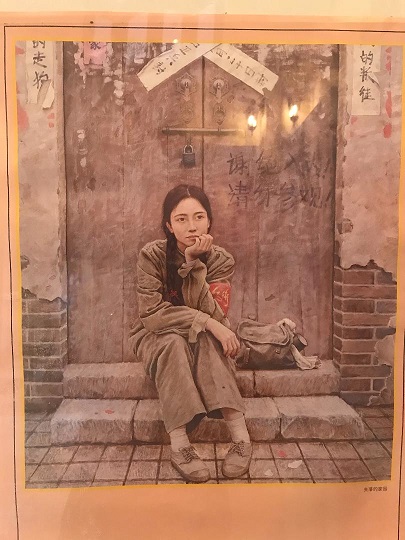
A firebrand student leader, his life was forever changed when he found himself stranded in China after his name was blacklisted by the administration of then-Philippine President Ferdinand Marcos when he declared martial law. Jimi stayed on in China together with four others from the study tour. His passport expired the following year, thereby leaving him practically stateless. Strangely, this became a blessing in disguise. Within the following four decades, he heralded an illustrious career as a journalist witnessing epic moments in China’s modern history. From the economic reforms of leader Deng Xiaoping during the 1970s and 1980s, to the infamous 1989 Tiananmen Square Massacre, and the 2008 Summer Olympics in Beijing, Jimi had witnessed them all.
Throughout his stay in China, Jimi studied, worked, and traveled extensively throughout the country. Throughout 1972, a year after he first arrived, he worked in a state farm in Hunan province, birthplace of Chairman Mao. From 1973 to 1974, he worked at a fishing corporation in Shandong Province. He then took two years of intensive Chinese language study at the Beijing Languages Institute. In 1978, he provided English lessons to college professors at Peking University twice a week, and then to college students at Peking Normal College in 1979-1981. It was during this time that he also appeared on Chinese national television, teaching English songs in a weekly program called “Let’s Sing.” In 1982, he earned his Bachelor of Arts in Chinese History at Peking University.
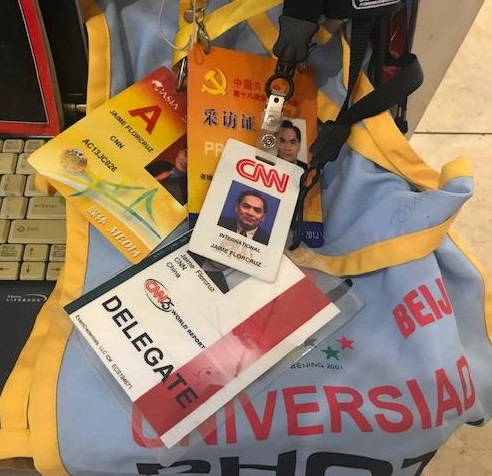
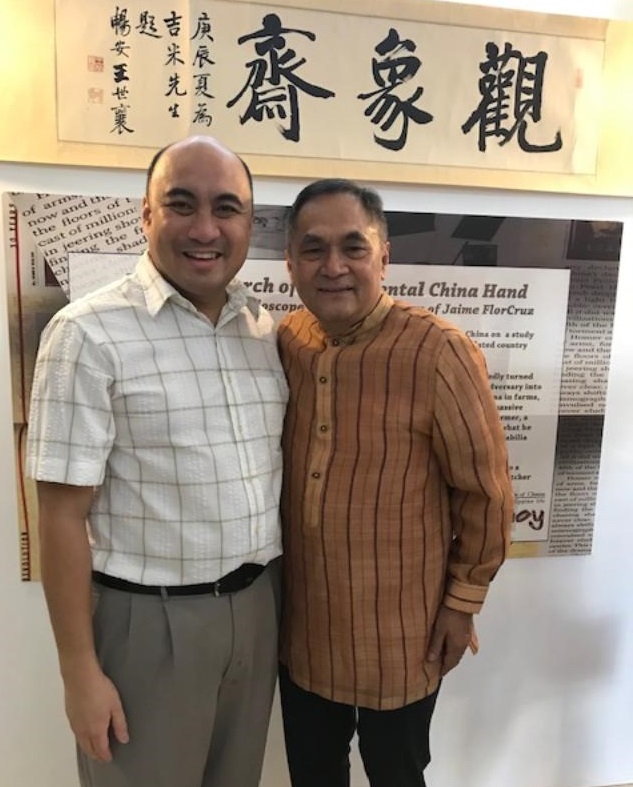
His journalistic career officially began when Newsweek hired him as a Beijing correspondent. In 1982, he joined TIME Magazine’s Beijing bureau. He served as the bureau chief from 1990 to 2000, the year he was named the Edward R. Murrow Press Fellow – the first non-American — at the Council on Foreign Relations in New York. CNN hired him in 2001 as the network’s bureau chief and correspondent. He retired from journalism in December 2014.
Jimi remains active as an adjunct professor at Peking University, and occasionally provides his unique perspectives and insights on China to various media outlets, such as CNN Philippines. He may reside in China much of the time, but calls the Philippines his first home.
© The FilAm 2019

